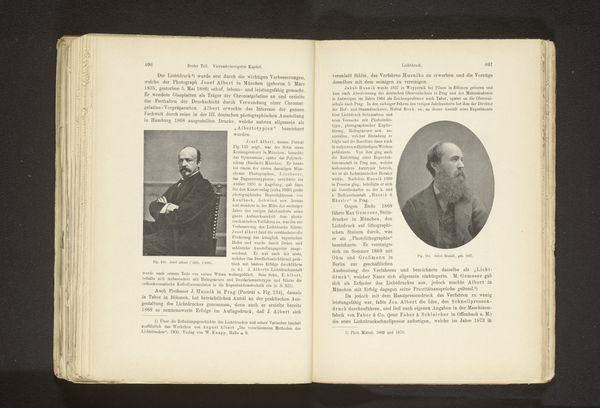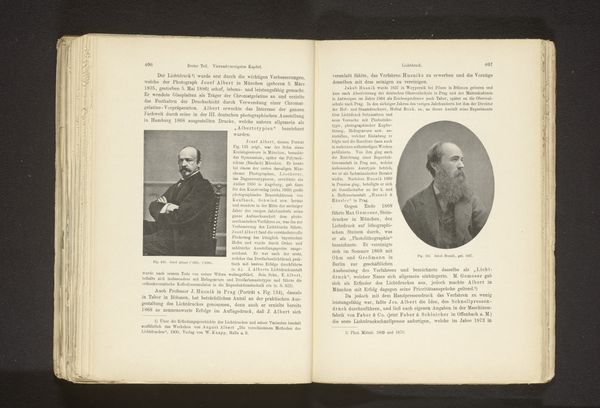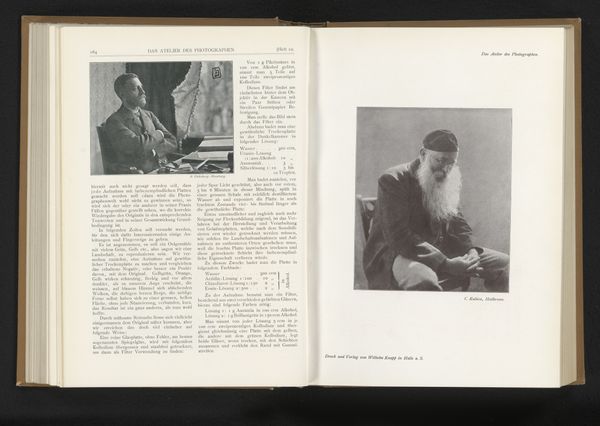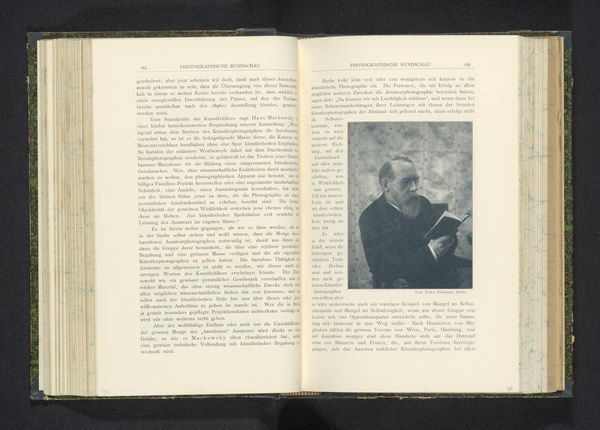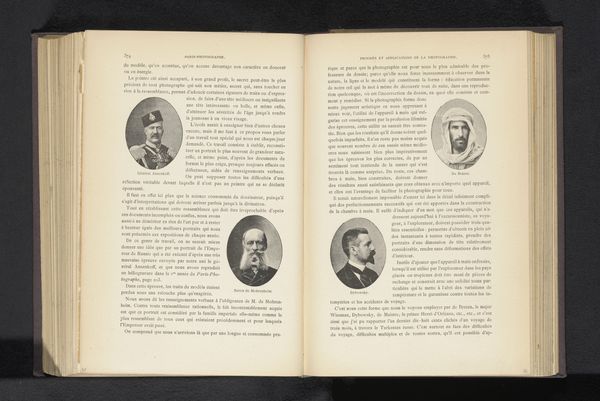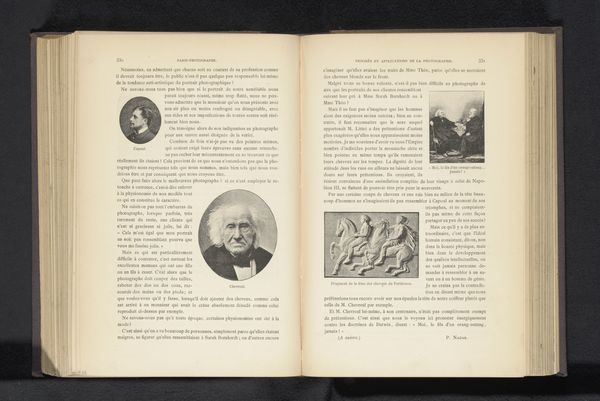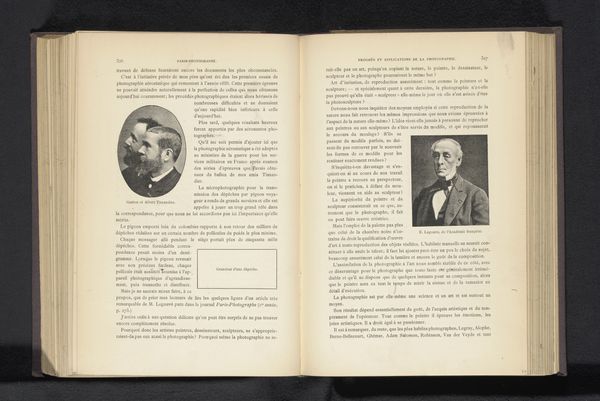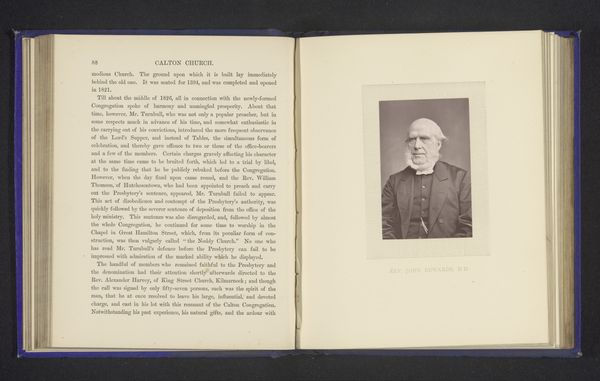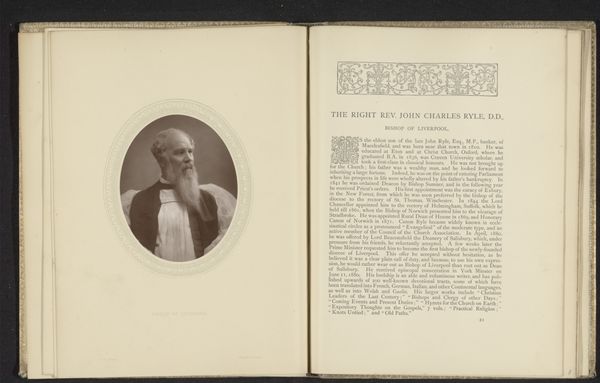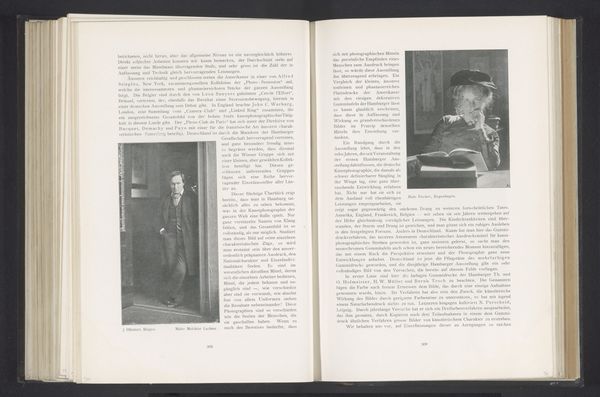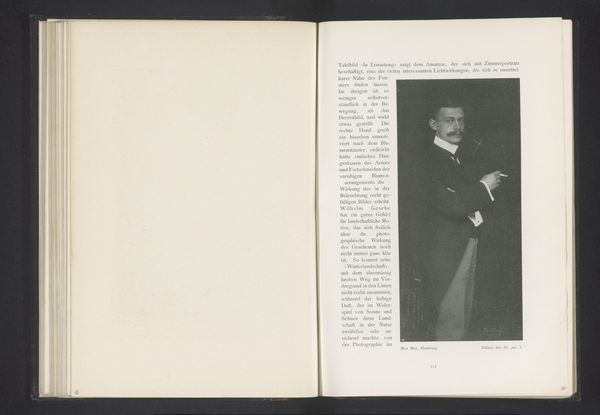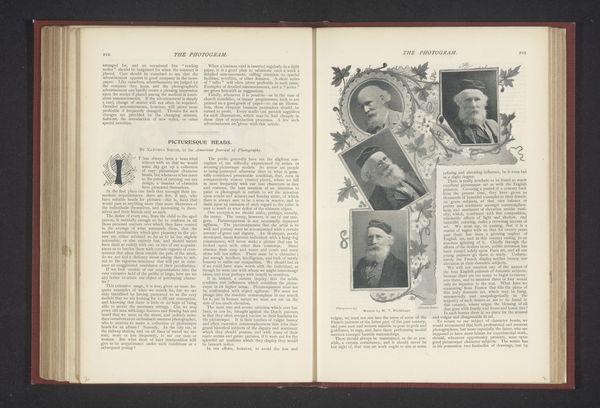
print, photography
#
portrait
# print
#
photography
Dimensions: height 89 mm, width 64 mm
Copyright: Rijks Museum: Open Domain
Curator: Here we have an intriguing portrait of Alphonse Louis Poitevin, dating back to before 1905. The medium is a print, using photography. What’s your first reaction to it? Editor: It has a kind of serene formality about it, like a scientist being properly documented for posterity. But it’s interesting how these early printing techniques yield an almost textured look. Curator: Absolutely. Poitevin, beyond being the subject, was also a pivotal figure in the intersection of photography and printmaking. This image offers an interesting glimpse into the construction of scientific identity during that period. Consider how visual representations legitimized and affirmed societal hierarchies. Editor: I see your point, and his gaze does exude that 19th-century sense of authority and progress! Thinking about the material process: What specific photographic print method might have been employed here? The image on the left side is far different. Curator: That could be any number of experimental approaches in play. Poitevin experimented with printing with bichromated gelatin, if memory serves me. And considering he was innovating these means, it brings a rich sense of labour that produced the image. The texture really emphasizes its hand-crafted character. Editor: Precisely. Each imperfection or variation from light makes the print unique. I'm always drawn to these older works because they don’t hide their materiality behind layers of technological perfection like photography does now. We’re invited to think about the artist’s hand – or rather, Poitevin’s, here. Curator: A pertinent point. These photographic portraits remind us that identity and recognition are invariably framed and influenced by cultural apparatuses. Even these photographic technologies reinforce existing notions of class and gender. Editor: Thinking of its process, too: the time Poitevin likely put into preparing chemicals and calibrating equipment for these portraits! These were intensive manual endeavors which makes its preservation important for historical analysis. Curator: It is indeed. Studying these materials gives another vantage point to discuss technological changes throughout history. It is quite astonishing what information such print has stored and is able to transfer today. Editor: Yes, I appreciate how viewing “Portret van Alphonse Louis Poitevin" challenges and enriches how we engage with artmaking. Curator: For me, I believe it also contributes in a broader dialogue about gender, race, and power dynamics embedded in visual culture, in this case from the perspective of early photographic science.
Comments
No comments
Be the first to comment and join the conversation on the ultimate creative platform.
